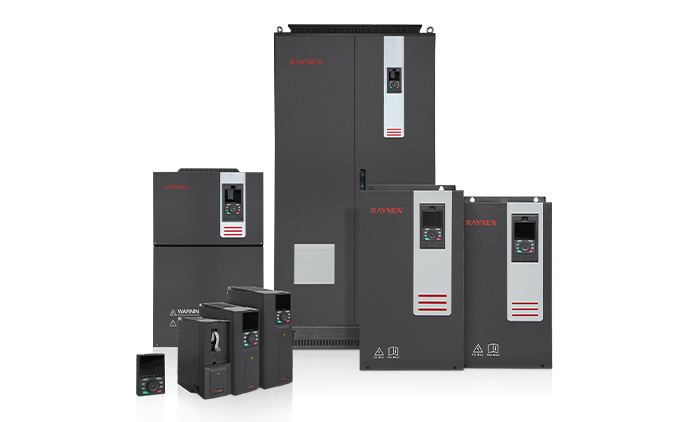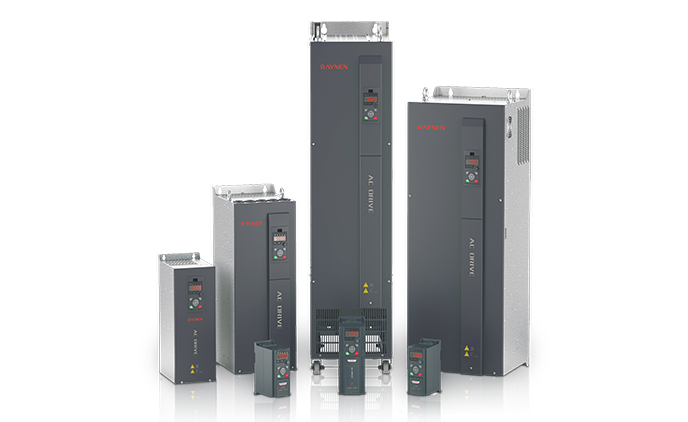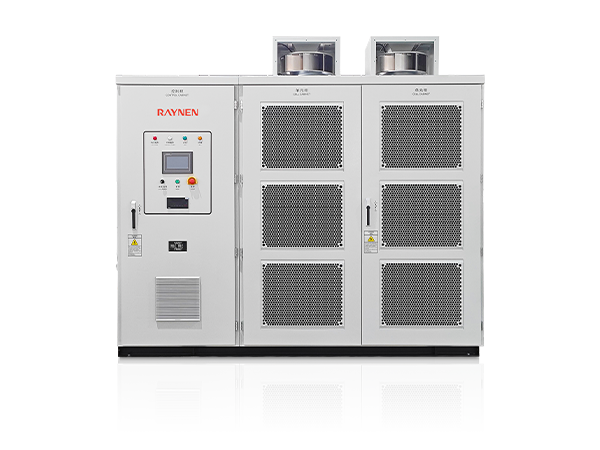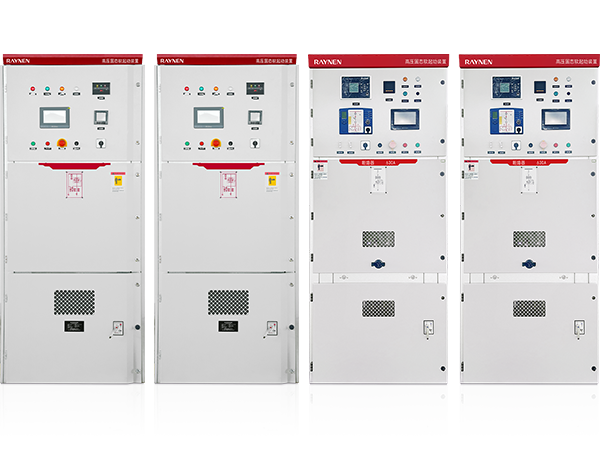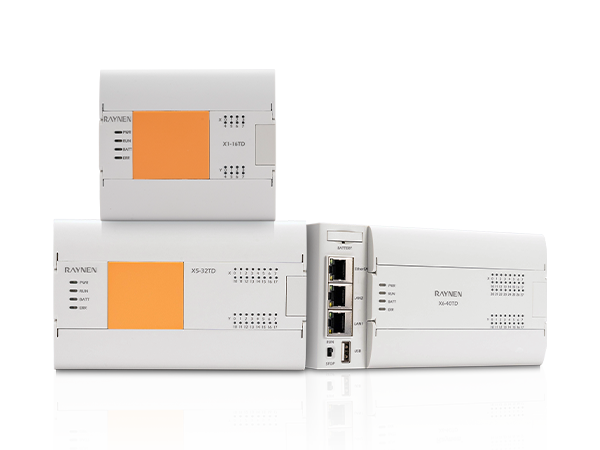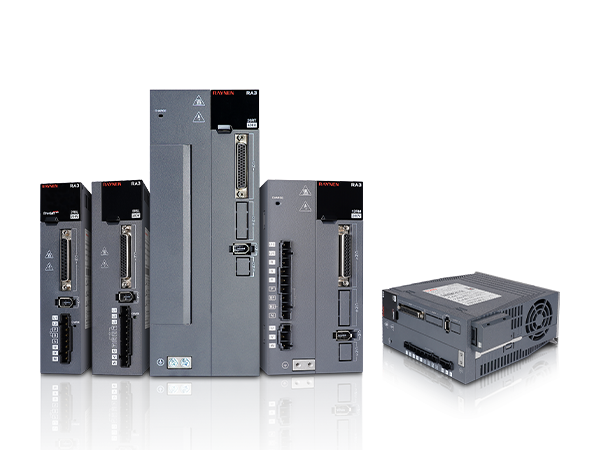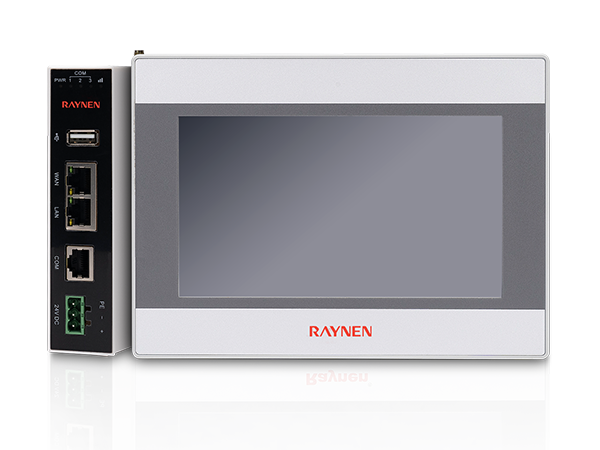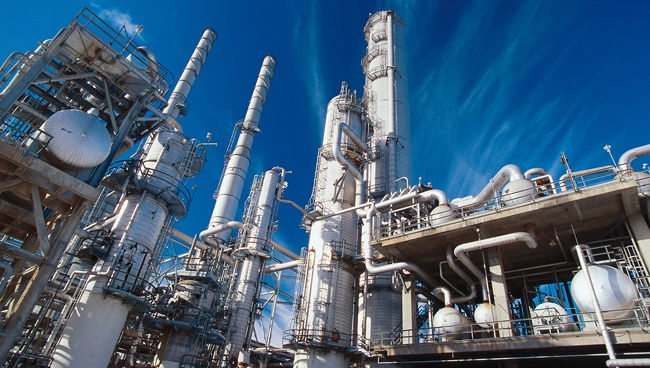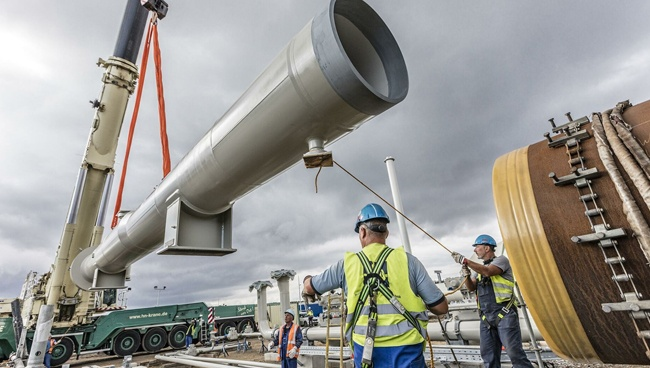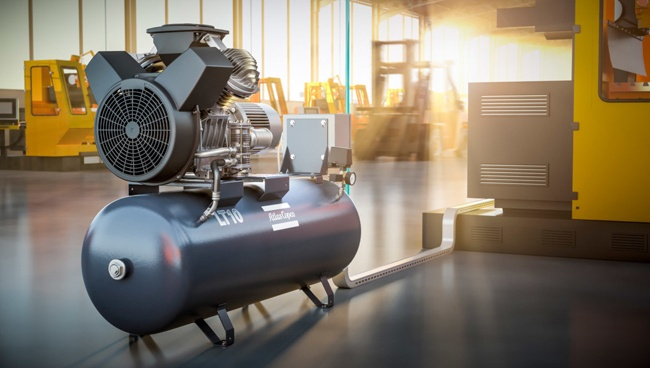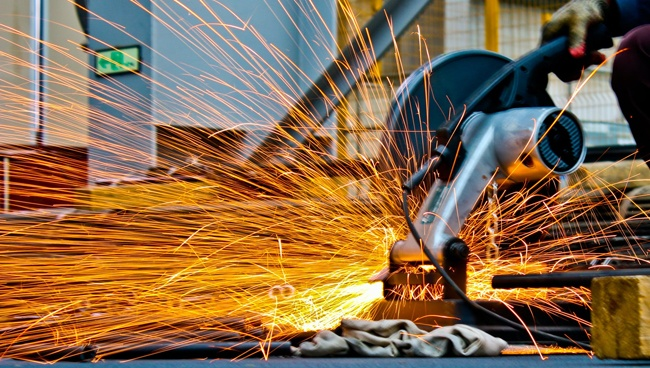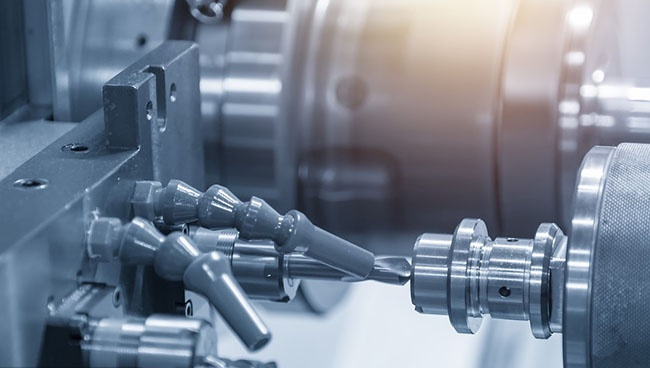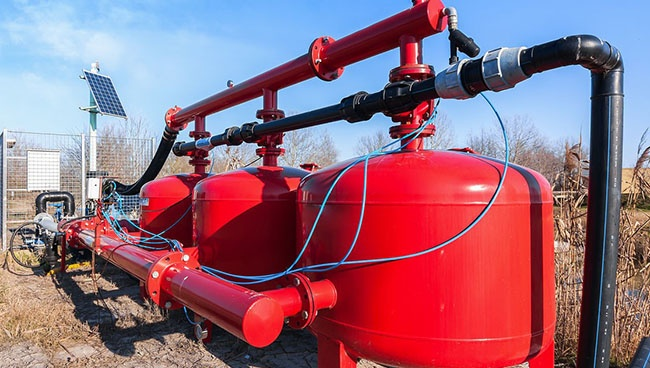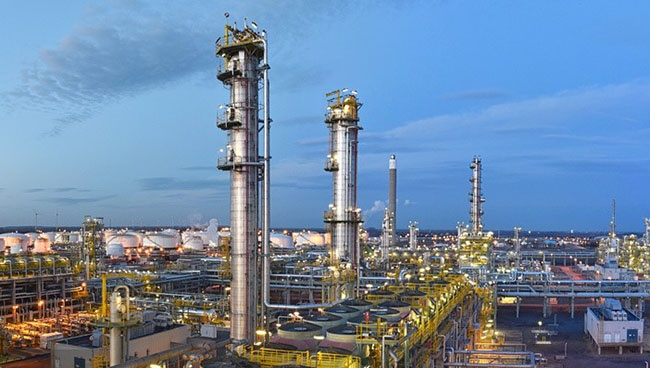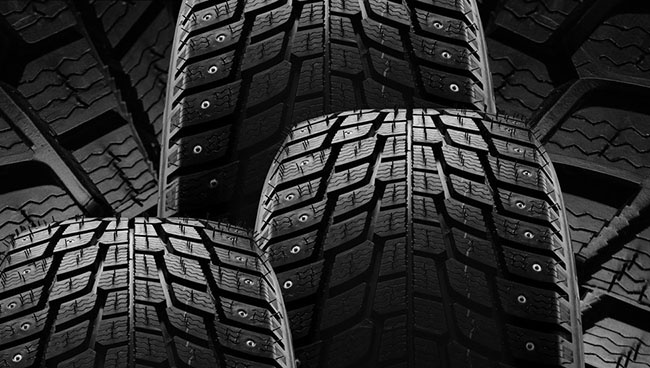1.Introduction to AC Drives (Variable Frequency Drives) In the realm of modern industrial control an......
READ MOREWhat's the difference between a VFD and a soft starter?
When controlling an AC motor, two common devices are a Variable Frequency Drive (VFD) and a soft starter. While they might seem similar at first glance, they have very different functions and applications. Understanding the key distinctions between them is crucial for choosing the right tool for the job.
What is a Soft Starter?
A soft starter is a motor control device designed to reduce the high inrush current and torque that occur when a motor is started. A traditional "across-the-line" starter sends a full voltage signal to the motor all at once, which can cause mechanical shock, damage to gears and belts, and stress the power supply.
A soft starter, by contrast, uses silicon-controlled rectifiers (SCRs) to gradually increase the voltage supplied to the motor. This allows the motor to ramp up to its full speed smoothly. Once the motor is at full speed, the soft starter's SCRs are typically bypassed by a contactor, and the motor runs directly on the line voltage.
Key Characteristics of a Soft Starter:
-
Primary Function: To provide a smooth, controlled start by reducing inrush current and torque.
-
Control: Controls only the starting and stopping of the motor. It does not provide speed control during operation.
-
Efficiency: Highly efficient once the motor is at full speed, as the SCRs are bypassed.
-
Cost: Generally less expensive than a Variable Frequency Drive.
What is a Variable Frequency Drive (VFD)?
A Variable Frequency Drive, also known as an adjustable speed drive (ASD) or inverter, is a much more sophisticated device. Its primary function is to control the speed and torque of an AC motor by varying the motor's input frequency and voltage.
A VFD works in three main stages:
-
Rectifier: Converts incoming AC power into DC power.
-
DC Bus: Filters and smooths the DC power.
-
Inverter: Uses a series of transistors (usually IGBTs) to create a new, variable frequency AC waveform, which is then sent to the motor.
By controlling the frequency, a VFD can precisely adjust the motor's speed from zero up to and often above its rated speed. This allows for unparalleled control over the motor's operation.

Key Characteristics of a Variable Frequency Drive:
-
Primary Function: To precisely control the speed and torque of a motor throughout its entire operation.
-
Control: Provides continuous speed control, allowing for smooth acceleration, deceleration, and running at any speed below the motor's maximum.
-
Efficiency: A VFD can save significant energy, especially in applications like pumps and fans, by reducing the motor's speed rather than using mechanical controls like dampers or valves.
-
Cost: More expensive and complex than a soft starter.
The Crucial Differences: VFD vs. Soft Starter
Summary
The choice between a Variable Frequency Drive and a soft starter comes down to a simple question: Do you need speed control, or do you just need a smooth start?
If your application requires the motor to run at a fixed speed and your only concern is reducing the stress of starting, a soft starter is the simpler, more economical choice.
However, if your application requires the motor's speed to be varied to meet changing demands—for energy savings, process control, or flow regulation—then a Variable Frequency Drive is the necessary and superior solution. It offers a level of control and efficiency that a soft starter simply cannot provide.

 English
English Español
Español عربى
عربى

